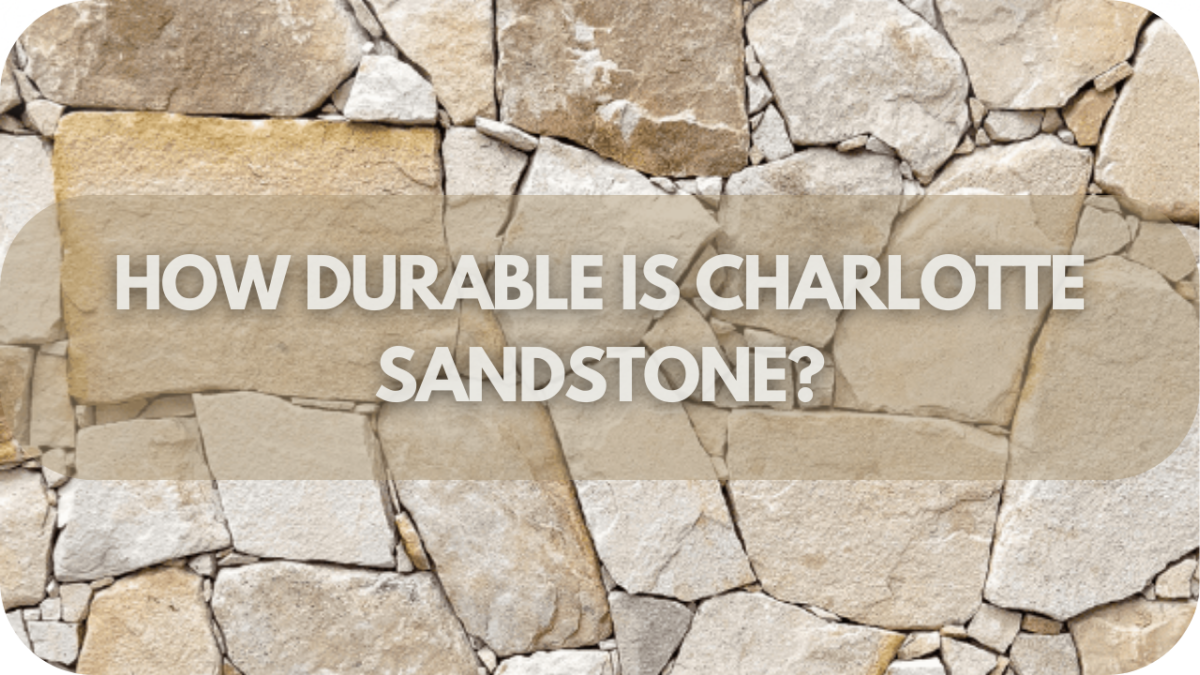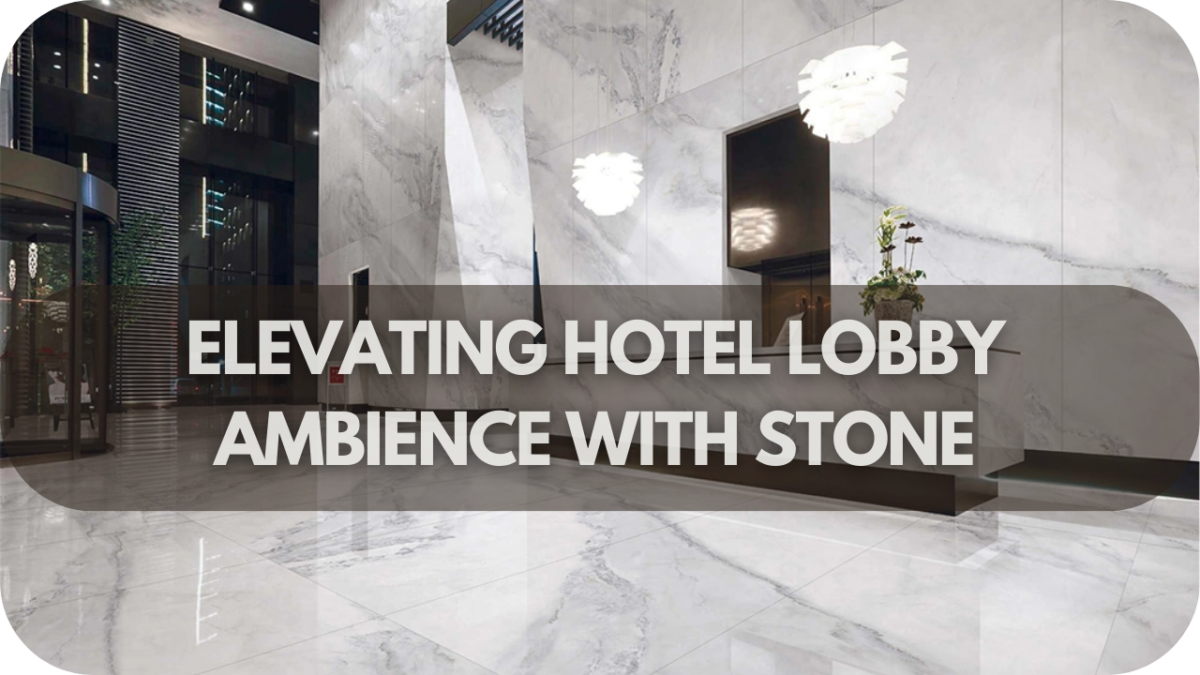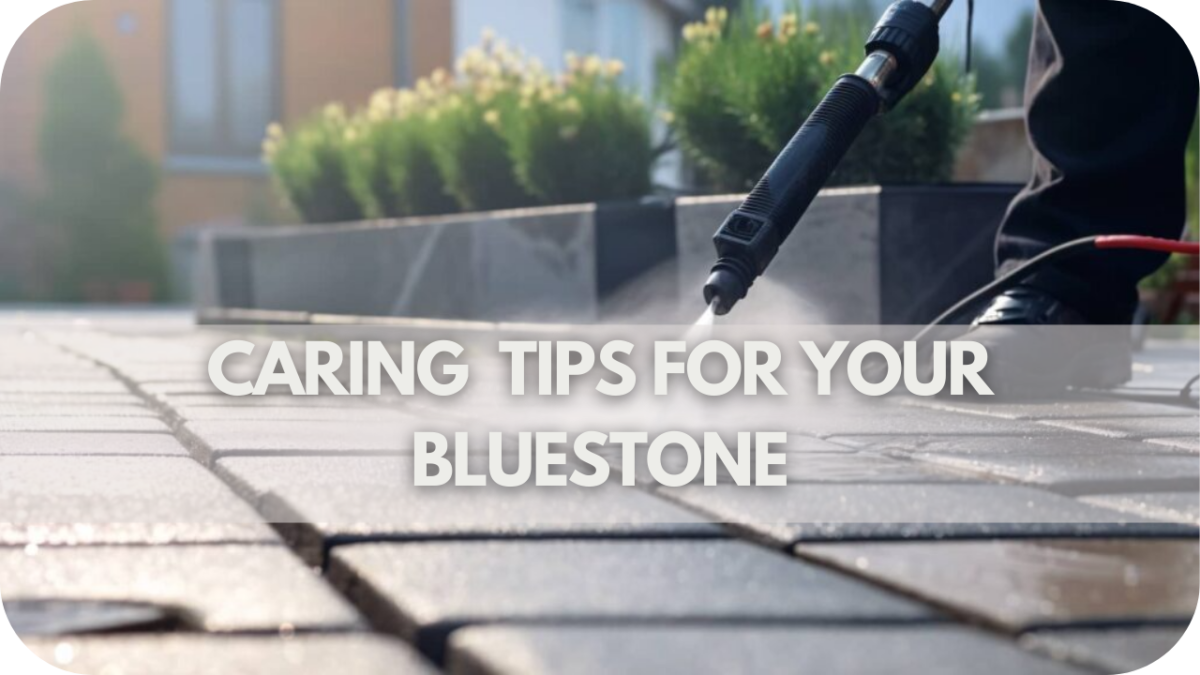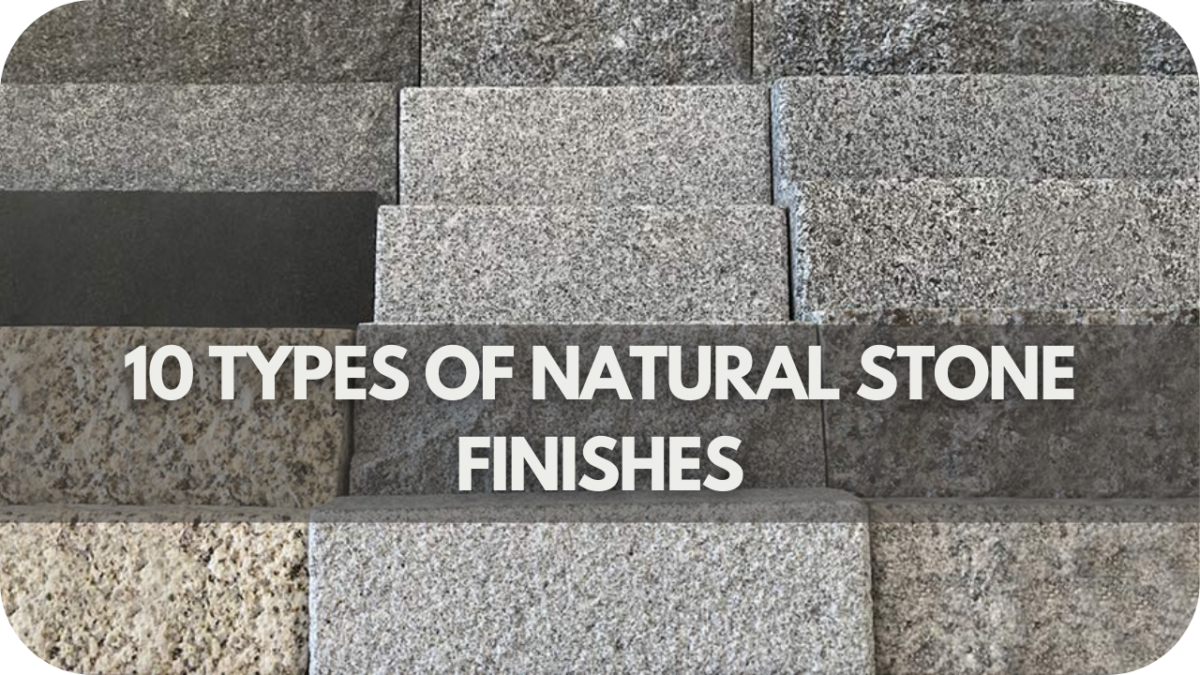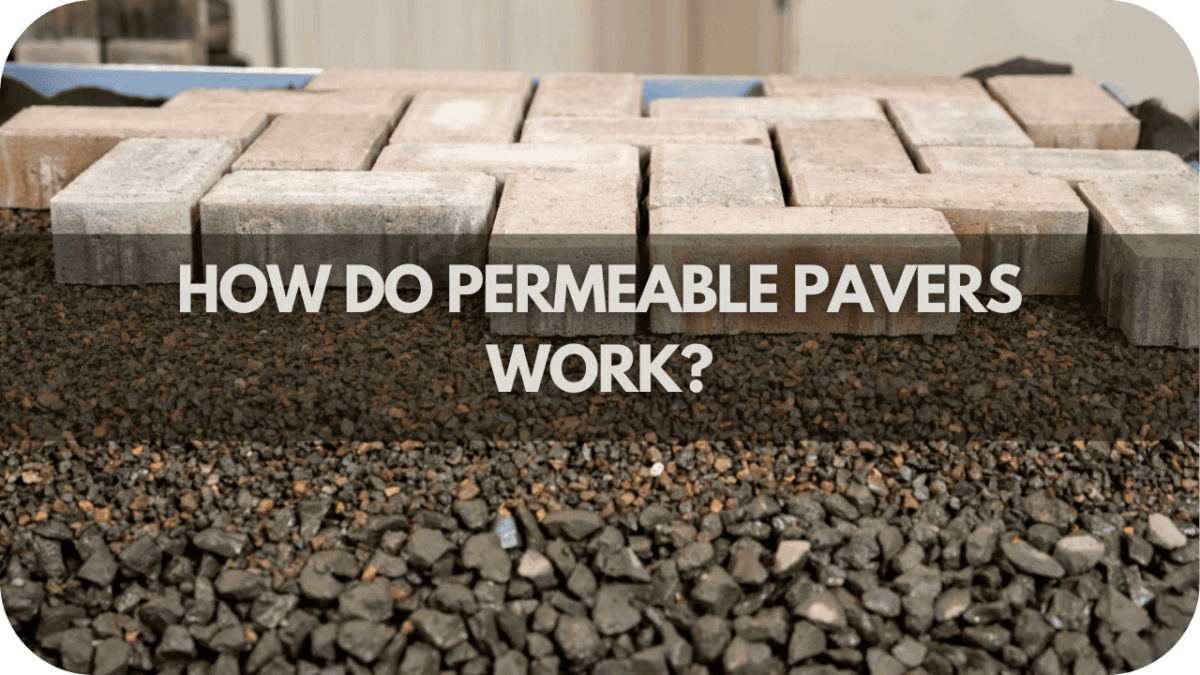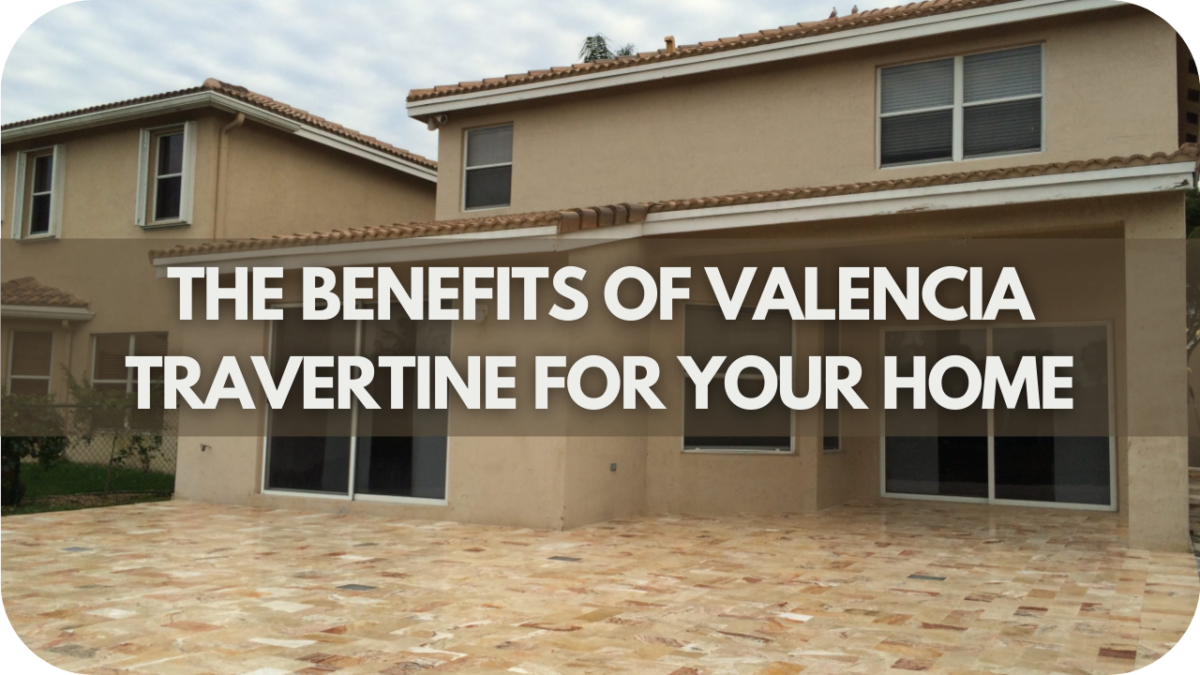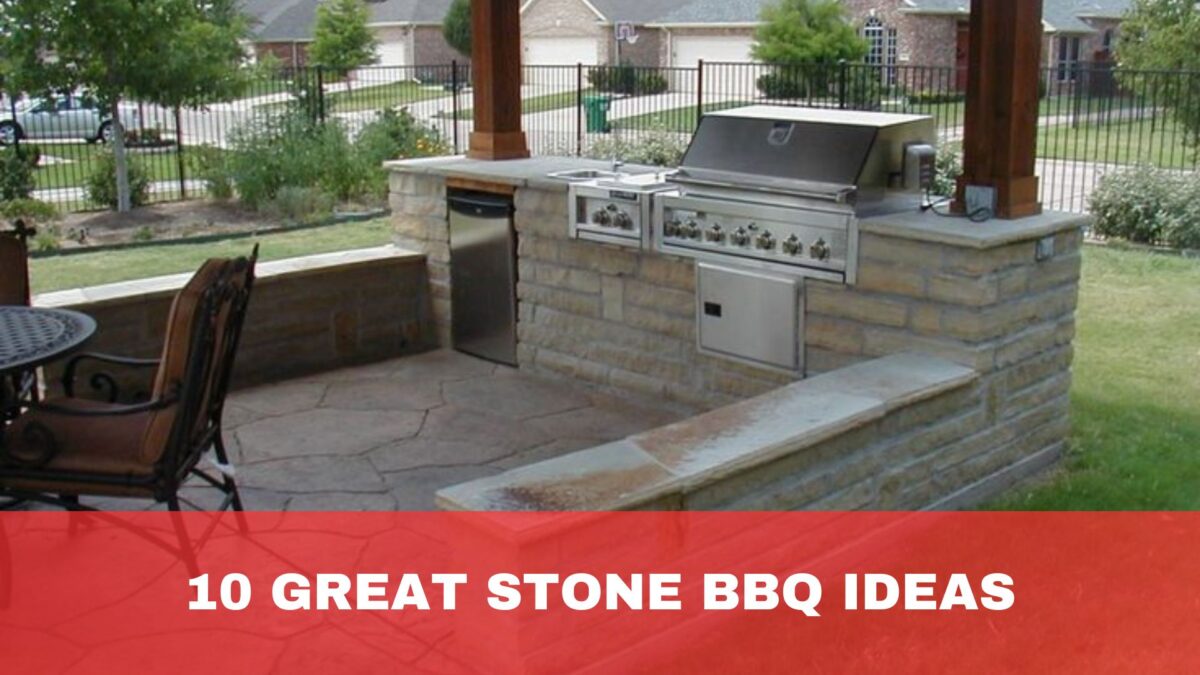How Durable is Charlotte Sandstone? What You Need to Know Before Buying
Choosing the right stone for outdoor use is challenging. Durability and long-term performance often top the list of concerns, especially when harsh weather can quickly wear out lesser materials, resulting in costly repairs.
Imagine a stone that not only withstands nature’s toughest tests but maintains its beauty year after year. Charlotte Sandstone, known for its remarkable strength and resilience, is that stone.
This versatile stone remains pristine through the most challenging conditions, making it a top choice for lasting outdoor projects. Are you curious about how it holds up over time? Let’s dive into the details.
How Durable is Charlotte Sandstone?
Charlotte Sandstone is highly durable and known for its excellent resistance to weathering and erosion. Its robust nature makes it suitable for outdoor applications, ensuring long-lasting performance. With proper maintenance, Charlotte Sandstone can withstand time, providing aesthetic appeal and structural integrity for years.
Factors Affecting Charlotte Sandstone’s Durability
Several factors affect the durability of Charlotte Sandstone, ensuring its long-lasting performance in various applications.
- Composition: Charlotte Sandstone’s mineral composition plays a crucial role. A higher quartz content generally indicates better durability, as quartz is a complex and weather-resistant mineral.
- Density and Porosity: The stone’s density and porosity significantly impact its resilience. Lower porosity means less water absorption, reducing the risk of freeze-thaw cycles and weathering. Denser stones are typically more robust and less prone to erosion.
- Weather Conditions: Charlotte Sandstone’s exposure to weather conditions such as rain, wind, and temperature fluctuations can influence its durability. Regions with severe weather patterns may require additional maintenance to preserve the stone’s integrity.
- Installation Quality: Proper installation techniques are vital. Poor installation can lead to structural weaknesses, reducing the stone’s lifespan. Ensuring correct sealing and jointing methods will enhance its durability.
- Maintenance: Regular maintenance, including cleaning and sealing, is essential to protect Charlotte Sandstone from environmental damage. Proper care can significantly extend the stone’s life and maintain its appearance.
Performance in Different Environments
Charlotte Sandstone performs exceptionally well in various environments, making it a versatile choice for indoor and outdoor applications:
1. Outdoor Use
In exterior settings, Charlotte Sandstone demonstrates excellent resistance to weathering. Its low porosity minimises water absorption, significantly reducing the risk of freeze-thaw damage in colder climates.
This feature ensures the stone remains structurally sound, even after years of exposure to moisture and freezing temperatures. Charlotte Sandstone’s robust nature makes it ideal for patios, pathways, and garden features, where it can withstand heavy foot traffic and varying weather conditions.
Its hard-wearing qualities also make it an excellent option for driveways and outdoor seating areas, providing durability without compromising natural beauty.
2. Coastal Areas
Charlotte Sandstone’s resilience to saltwater and wind erosion is particularly notable in seaside environments. Despite exposure to harsh coastal elements, its ability to maintain structural integrity and aesthetic appeal makes it a preferred choice for seaside constructions such as retaining walls, pier facades, and outdoor terraces.
The stone’s low porosity means it absorbs less saltwater, reducing the risk of salt crystallisation, which can otherwise cause surface damage over time.
This durability ensures that Charlotte Sandstone maintains its natural finish and texture, even in locations prone to constant sea spray and high winds.
3. Urban Settings
Charlotte Sandstone stands out in urban areas for its durability against pollution and acid rain, which can deteriorate other natural stones over time. Its resistance to chemical weathering ensures it remains in good condition even in heavily industrialised areas.
As a result, it is often chosen for building facades, public monuments, and city squares where aesthetic longevity and low maintenance are essential.
Charlotte Sandstone’s natural appearance complements modern and historical architecture, making it a versatile option for urban landscaping, including benches, fountains, and walkways.
4. Indoor Applications
Indoors, Charlotte Sandstone retains its durability even when environmental factors are less of a concern. Its resistance to wear and tear makes it a suitable choice for flooring, wall cladding, and decorative features like fireplace surrounds and feature walls.
The stone’s fine grain and elegant finish add a touch of sophistication to interior spaces, while its robust structure ensures it can handle the demands of high-traffic areas like hallways and living rooms.
Charlotte Sandstone requires minimal maintenance to maintain its natural beauty, making it a long-lasting and attractive choice for residential and commercial interiors.
Common Uses of Charlotte Sandstone
Charlotte Sandstone is widely valued for its durability and versatility, making it an excellent choice for various applications in construction and design, particularly in wall cladding and paving.
- Wall Cladding: Charlotte Sandstone has many wall cladding benefits thanks to its aesthetic appeal and resilience. It enhances the buildings’ exterior and interior walls, providing a natural and timeless look while offering excellent protection against weather elements.
- Paving: Charlotte Sandstone’s robustness and resistance to wear and tear make it ideal for paving applications. It is commonly used for pathways, patios, and driveways, where it can withstand heavy foot traffic and vehicular loads, maintaining its integrity and appearance over time.
- Landscaping: Charlotte Sandstone is used for various landscaping features beyond paving, including garden walls, steps, and edging. Its natural texture and durability make it suitable for visually appealing and long-lasting outdoor spaces.
- Retaining Walls: Charlotte Sandstone’s strength and stability are advantageous for retaining walls. These walls serve a functional purpose in managing soil, preventing erosion, and adding an element of natural beauty to the landscape.
- Interior Design: Indoors, Charlotte Sandstone is used for flooring, feature walls, and decorative accents. Its ability to withstand daily wear and tear while maintaining its beauty makes it a preferred material for high-traffic areas such as hallways, living rooms, and kitchens.
- Monuments and Sculptures: Charlotte Sandstone’s workability and aesthetic qualities make it a preferred material for monuments and sculptures. Artists and architects value its ability to hold intricate details and its enduring charm.
Comparison with Other Sandstones
When comparing Charlotte Sandstone to other sandstones, several factors highlight its superior durability and performance in various applications.
| Feature | Charlotte Sandstone | Roman, Stirling, Australiana, and Kimberley Sandstones |
| Composition and Density | Higher quartz content, lower porosity, enhanced strength, and resistance to weathering. Ideal for outdoor use. | Higher porosity is more prone to water absorption, leading to quicker degradation through freeze-thaw cycles. |
| Weather Resistance | Resilient against harsh weather, including rain, wind, and temperature fluctuations. Suitable for severe climates. | It may require more frequent maintenance or replacement in harsh climates. |
| Aesthetic Longevity | Maintains aesthetic appeal over time, resists staining and erosion, and is suitable for high-traffic or exposed areas. | More prone to discolouration and erosion, which can detract from initial appearance over time. |
| Versatility | Suitable for various applications, including wall cladding, paving, sculptures, and monuments. | Often limited to specific uses due to lower durability. |
| Maintenance | Lower maintenance requirements due to environmental resistance reduce long-term upkeep costs. | Requires more frequent cleaning and sealing, leading to higher maintenance efforts. |
Maintenance and Care
Proper maintenance and care are essential to maximise the durability and longevity of Charlotte Sandstone. Here are the key steps to ensure its optimal condition:
- Regular Cleaning: Regular cleaning prevents dirt, moss, and algae build-up. Use a soft brush and mild detergent to clean the surface, avoiding harsh chemicals that can damage the stone. A pressure washer can be used for outdoor applications, but with caution to prevent surface erosion.
- Sealing: A high-quality sealant can significantly enhance Charlotte Sandstone’s resistance to moisture and staining. Sealing the stone helps reduce porosity, prevent water absorption, and protect against freeze-thaw cycles. Re-seal the stone every few years or as recommended by the manufacturer.
- Inspecting for Damage: Regularly inspect the stone for any signs of damage, such as cracks or chips. Early detection allows for timely repairs, preventing further deterioration. Use appropriate fillers or patching compounds to repair minor damages and maintain the stone’s integrity.
- Preventing Stains: To prevent staining, promptly clean any spills, especially from acidic substances like vinegar or citrus juices, which can etch the stone. Mats or coasters can also help protect the stone from stains and scratches.
- Avoiding Harsh Chemicals: Avoid using harsh chemicals, acidic cleaners, or abrasive tools on Charlotte Sandstone. These can cause surface damage and reduce the stone’s lifespan. Opt for pH-neutral cleaners specifically designed for natural stone.
Conclusion
Charlotte Sandstone stands out for its exceptional durability, low porosity, and resistance to weathering. Its versatility makes it ideal for various applications, from wall cladding to paving.
Choose Charlotte Sandstone for your next project to enjoy long-lasting beauty and resilience. Contact us today to learn more about its benefits and to get started on your project.

